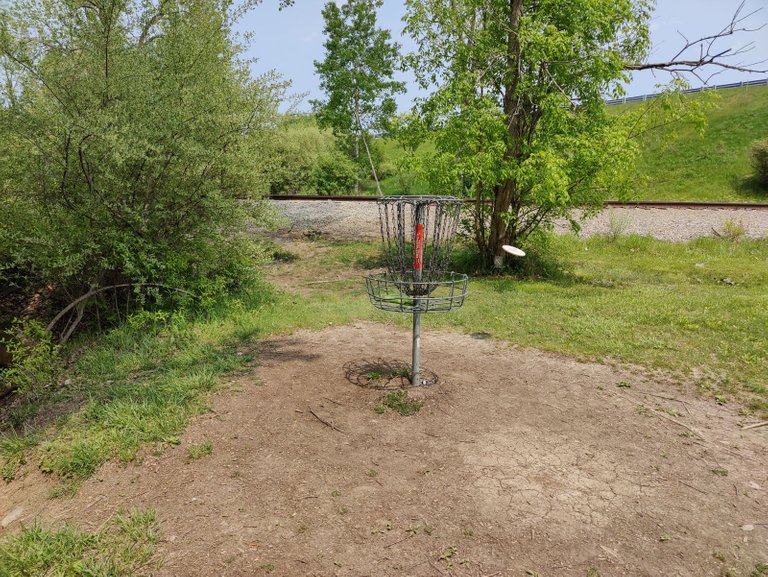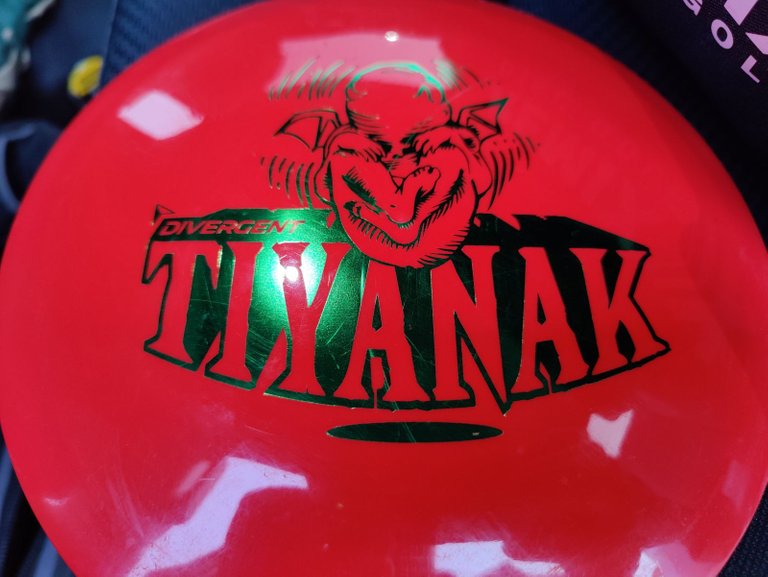By the Numbers: A Disc Golf Post

One of my favorite things to do in my spare time is play disc golf. Don't believe me? Just check out the post I wrote today on my main account. Even though I have been playing for close to 25 years now, there are still things I don't fully understand about the game.
That's one of the things I really enjoy about the game actually. You can get pretty much any skill level and you can easily play the game. Additionally, you can make it as technical or simple as you want just depending on your skill level and your desire.
For example, it is pretty easy for an average person who can throw a Frisbee, to step on a disc golf course and eventually make it to the basket. Of course, the better you can throw and direct your disc, the better of you are going to be, but it isn't necessary.
On the other hand, you can be one of those people (like me) who has a bag full of 20 to 30 (or more) discs and has a specific one they use for each kind of circumstance they find themselves in.
You see, different discs have different numbers attributed to them. Usually four numbers in all.
- Speed - This determines how quickly the disc can travel through the air. This number is between 1 and 14 with 1 being slow and 14 being the fastest
- Glide - This is the ability of the disc to maintain loft during flight. The number is between 1 and 7. Higher glide is great for beginners, but pros playing in high wind situations might want less glide.
- Turn - Turn is the tendency of a disc to turn over or bank to the right. +1 to -5 positive numbers are less likely to turn over while -5 will turn a lot.
- Fade - Finally, Fade is the tendency to hook left at the end of a flight. The numbers are 0 to 5 and along with Turn a lot of this has to do with how you throw the disc.
Most right handed people throw right hand back hand which is the traditional throw you think of when you picture someone throwing a disc. Forehand throws are also quite popular and as you can imagine have a different effect on the numbers above.
In addition to the numbers, there are also a variety of plastics and weights that can impact the way a disc flies.
If you want to learn more about it, I highly encourage you to check out this site provided by Innova Discs
I also recommend another site by them with many terms.

I was recently given this disc by my friend son. Due to the way he throws, he just can't get the disc to do what he wants. This particular disc has a Speed of 8 which is pretty good for me. Even though I have been playing for a while, I am old and I don't have a ton of arm speed. That means I would (and do) struggle throwing a disc with a speed of 14.
It has a Glide of 5 which is good given the fact that I don't have a ton of power.
It also has a Turn of -5 which might seem bad given what I have explained to you already, but give me a sec. Actually, the turn of -5 is part of the reason my friends son struggled to throw it.
Finally, it has a Fade of 1, which means it is going to fly relatively straight towards the end of its flight.
I throw a natural Hyzer (left edge of the disc is tilted downward on release) which makes this disc fly straighter for me. Since my friends son can throw relatively flat, he is able to make this disc do what it is supposed to even though it isn't what he wanted it to do.
I know I threw a lot of stuff at you, like I said, check out those sites from Innova. You will learn about all kinds of things like Overstable, Understable, Hyzer, Anhyzer (not the beer), and all kinds of other stuff.
Sports Talk Social - @bozz.sports

Totally agree, it is one of the best things to do in spare time😁😁
I honestly wish I was playing right now!